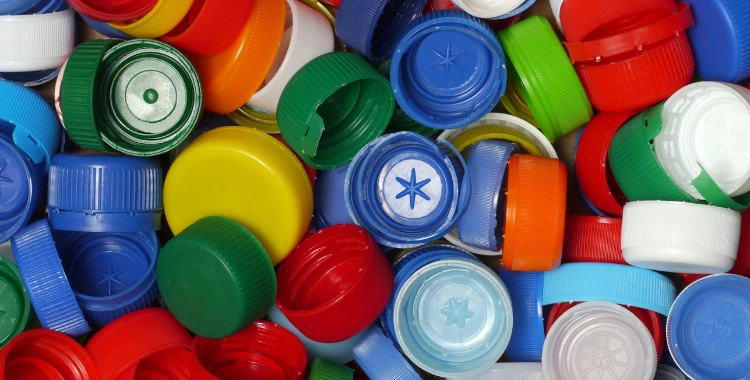
Packaging closures are an important piece of the total packaging solution. All bottles, jars and even some flexible packages require a closure to seal the contents of what is inside. Closures perform a variety of functions based on the size and contents of the container they are sealing. A closure is typically used to seal a container after the initial opening in order to preserve the product for use at a later time. Closures also assist in the dispensing of the product. There are so many variations to closures that it can be a lot to take in. This article gives an in-depth information and a few tips to help you sort out your options.
Deciding what packaging closures you should use depends on the contents being packaged, along with how the consumer will be using the product. Be sure to consider any regulations that could apply to your product, and do not forget to optimize your packaging for the customer's experience and the shelf appeal of your products.
The right closure is a critical part of your packaging solution. A lot of these packaging closures have variations to consider like:
